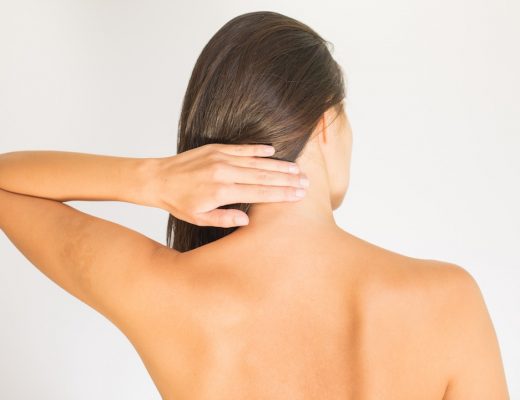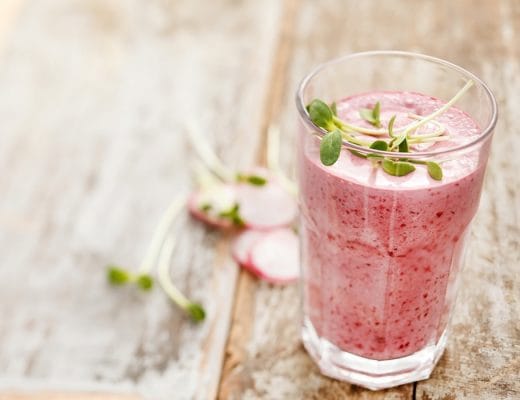If you haven’t heard of oil pulling, you’ll be happy to know that a natural alternative to mouthwash exists.
We’ve all experienced bad breath at some point in our lives and we will all likely experience it again.
If you’re not flossing, food particles from your last meal lodge between your teeth. Even with regular brushing, you can’t get into those hard to reach places.
When decaying food, bacteria, and plaque are trapped in the mouth, a foul smell is produced – you know the kind that makes you want to place your hand over your mouth and say “excuse me, I’ll be back.”
Wouldn’t it be great if there was a little device you could carry in your pocket to detect bad breath?
I’m sure it would be a hit if placed beside mouthwash and toothpaste in stores.
Since the mouth acts as an incubator for bacteria, people need to keep up with regular dental hygiene.
Masking bad breath with chewing gum (packed with chemicals like aspartame) or mints are only temporary fixes.
Not only are these short-term solutions, they often lead to worsening over time since the sugars in both act as food for bacteria.
The solution is quite simple – managing bad breath requires managing bacteria in the mouth.
In addition to flossing, brushing, and visiting the dentist regularly, you may want to consider oil pulling.
Here are some quick facts!
-
Oil pulling is an ancient practice that has been around for thousands of years.
-
It fights bacteria in the mouth, reduces plaque, and minimizes halitosis.
-
This traditional practice originated in India and is now popular all over the world.
Studies have shown that oil pulling reduces mouth bacteria, even better than an anti-bacterial mouthwash.
It’s been shown to be an effective natural treatment for bad breath.
One study demonstrated oil pulling to be equally as effective as chlorhexidine for bad breath.1
Chlorhexidine gluconate is a germicidal mouthwash that reduces bacteria in the mouth. It is used to treat gingivitis (swelling, redness, bleeding gums) and is usually prescribed by a dentist.2
For better oral health, consider oil pulling for approximately 20 minutes per day.
Best results are achieved when you swish with oil first thing in the morning on an empty stomach.
3 Steps to Oil Pulling
Step One
Place 1 tablespoon of oil in your mouth.
If you find this is too much oil initially, you can start with less oil and build up to 1 tablespoon. The oil will feel like it’s expanding in your mouth once you start swishing the oil around.
If this begins to hurt your jaw, you can spit the oil out and start again.
Try to relax your jaw and avoid vigorous movement of the oil. Keep your head tilted down if you find the oil keeps moving to the back of your throat.
NOTE: If you clench your jaw or suffer from TMJ, start with less oil and focus on gentle swishing from side to side. Being overly aggressive can aggravate jaw pain and lead to an uncomfortable oil pulling experience.
Step Two
Begin swishing the oil around in your mouth.
Move the oil gently through the teeth, relaxing your jaw, to provide a deep cleansing action.
Be careful not to swallow the oil as it has collected bacteria that’s been lingering in the mouth.
Unrefined coconut oil is best since since it contains lauric acid, making it anti-bacterial, anti-microbial and anti-fungal.
Step Three
The oil will change consistency during the 20-minute period. The process is complete when you notice a thick milky consistency.
When you’re done, discard the oil in a garbage can and thoroughly rinse your mouth.
For optimal results, rinse with salt water. To complete the procedure, brush your teeth and drink two glasses of filtered, purified water.
By swishing oil in the mouth, bacteria that’s stuck between the teeth are captured.
Thanks to this traditional cleansing practice, there’s no need to scrape the tongue, chew unhealthy gum or use toxic mouthwash that contains harsh chemicals.3
Happy Swishing!
References:
1. http://www.ncbi.nlm.nih.gov/pubmed/21911944
2. http://www.drugs.com
3. https://www.ncbi.nlm.nih.gov/pubmed/27012566







No Comments